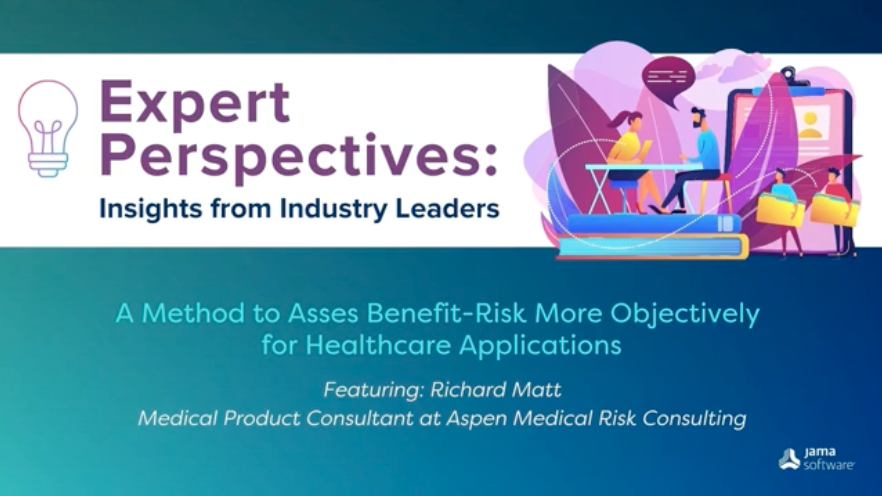
2025 Expert Predictions for Medical Device & Life Sciences: Innovations in Patient-Centered Care and the Future of Medical Device Design
As patient-centered care takes center stage, the medical industry is witnessing an unprecedented transformation in how devices are designed, developed, and regulated. From the rise of direct-to-patient products and AI-enabled diagnostics to the challenges posed by cybersecurity and evolving regulatory landscapes, 2025 promises to be a pivotal year for medical innovation.
In part five of our annual predictions series, Richard Matt – Medical Product Consultant at Aspen Medical Risk Consulting, and Vincent Balgos – Director, Solutions & Consulting at Jama Software, share their insights on the future of medical devices. Together, they explore how digital solutions are reshaping patient care, the hurdles the industry must overcome, and the exciting possibilities for advancing remote monitoring, telehealth, and AI-powered solutions.
We like to stay on top of trends in other industries as well. Read our predictions for Industrial & Consumer Electronics (ICE) HERE, Automotive HERE, Semiconductor HERE, and Aerospace & Defense HERE – Plus, stay tuned for our future topic, AECO.
With patient-centered care becoming increasingly important, how do you see software and digital solutions transforming the design and development of medical devices in the next few years?
Richard Matt: Software development needs to mature to a place of contributing equally with other specialties instead of excelling independently. Far too many companies are being held back by technical siloing, usually led by software. The tragedy is that software personnel are among the most creative and productive employees. Their collaboration needs to mature to a place of creating opportunities for other specialties to be as efficient and achieve this together.
Vincent Balgos: There is a growing trend of direct-to-patient products (hearing aids, CGM’s, smartwatch apps) that includes complex software and digital solutions. In addition, most traditional med devices are now connected to the internet or other devices. I’d expect this trend to continue in this digital age, but with that growth, there will be some unintended side effects. Specifically, cybersecurity threats will continue to become a significant factor during the design, development, and on-market phases of the product.
RELATED: Integrate Cybersecurity and Safety Risk Management in Jama Connect® to Simplify and Accelerate Medical Device Development
Regulatory compliance and data security are paramount in life sciences. What advancements in software do you think will be most effective in managing compliance and protecting sensitive patient data?
Matt: Big data will become more available and utilized systematically to provide answers to questions that have been answered inadequately for decades. Protecting patient data is a simple matter of awareness and giving cybersecurity the sliver of attention it needs to close off the dominant attack vectors.
Balgos: In recent conferences I’ve attended (and read about), AI/ML continue to dominate the discussion around software advancements. Whether providing internal value to organizations, or external facing with AI/ML enabled devices, the impact that AI/ML has (generative, predictive) will play a major factor in the security of data (whether positive or negative). The regulatory guidance of AI/ML is still evolving so it’ll be interesting to see how it unfolds in the future.
As AI and machine learning continue to evolve, what role do you see these technologies playing in medical diagnostics, treatment personalization, and device functionality by 2025?
Matt: AI and ML will continue to evolve, as they have for generations. We have made recent, significant steps forward in natural language recognition, but the integration of that forward movement with diagnostics and treatment personalization will continue to be slow and incremental.
Balgos: The expansion of AI/ML in various traditional areas of med devices is continuing to grow at an exponential rate. Looking at FDA’s dataset, the # of authorized AI/ML enabled devices continue to grow YoY as much as 40% with applications in new areas. Currently, predictive AI is supporting medical professions with their clinical assessment/decisions in a supportive role and seems to be the common use case. But there are current talks now on how generative AI could add potential value in these device areas as well.
What are the biggest hurdles the industry faces in adopting cutting-edge software solutions in device manufacturing and patient care? How can companies proactively address these challenges?
Matt: The biggest hurdle is technical siloing, which software leads very capably. Companies can proactively address this challenge by implementing a systems-approach to problem solving / product development that respects all the technical contributions needed to succeed and ensures software personnel use their exceptional abstraction abilities to work in collaboration with the rest of the company.
Balgos: Some of the biggest hurdles my customers talk to me about are the evolving regulatory landscape, continuing pressures to accelerate development, scalability and ongoing resource and budget constrictions. For changing regulatory, I do recommend folks to work with a qualified regulatory affairs profession for guidance (and is now required in EU). For acceleration, scalability and resource constraints, companies are proactively looking for ways to maximize efficiency and looking to innovative ways to help organizations (e.g., AI applications).
RELATED: Buyer’s Guide: Selecting a Requirements Management and Traceability Solution for Medical Device & Life Sciences
How do you foresee the growing demand for remote patient monitoring and telehealth impacting product development for medical devices? What innovations do you think are necessary to support these shifts?
Matt: COVID was an unplanned stress test on our remote work capabilities. We need to analyze the results of that stress test to identify strengths and weaknesses to build into our next generation products and services.
Balgos: Based on the new FDA CDRH Director’s speech at MedTech Conf 2024, these demands coincide with their Home as a Health Care Hub initiative where these homestead digital solutions are becoming more at the forefront of healthcare for many patients. With these increasing interests and demands, I think connectivity of these devices will continue to rise, AI/ML will play a major factor in delivering value, and also improvements in the human factors/usability aspects of these devices will be something to watch. Transitioning from a professionally trained clinical staff to the general population, there will need to be a shift in developing these at home devices to be extremely ‘easy to use’, especially with those that struggle with technology, complex processes, and tedious tactile tasks.
With these innovations, there will be some side effects such as cybersecurity, post market updates, and the interoperability of all these devices. While they seem daunting, I’m confident that industry will rise to the challenge as they have with other previous challenges
Are there any additional insights you have regarding predictions, events, or trends you anticipate happening in 2025 and beyond?
Balgos: In early 2026, the FDA’s final rule on the Quality Management System Regulation (QMSR) will be effective, thereby incorporating ISO 13485 elements into the current Quality System Regulation (QSR). QMSR will supersede QSR.

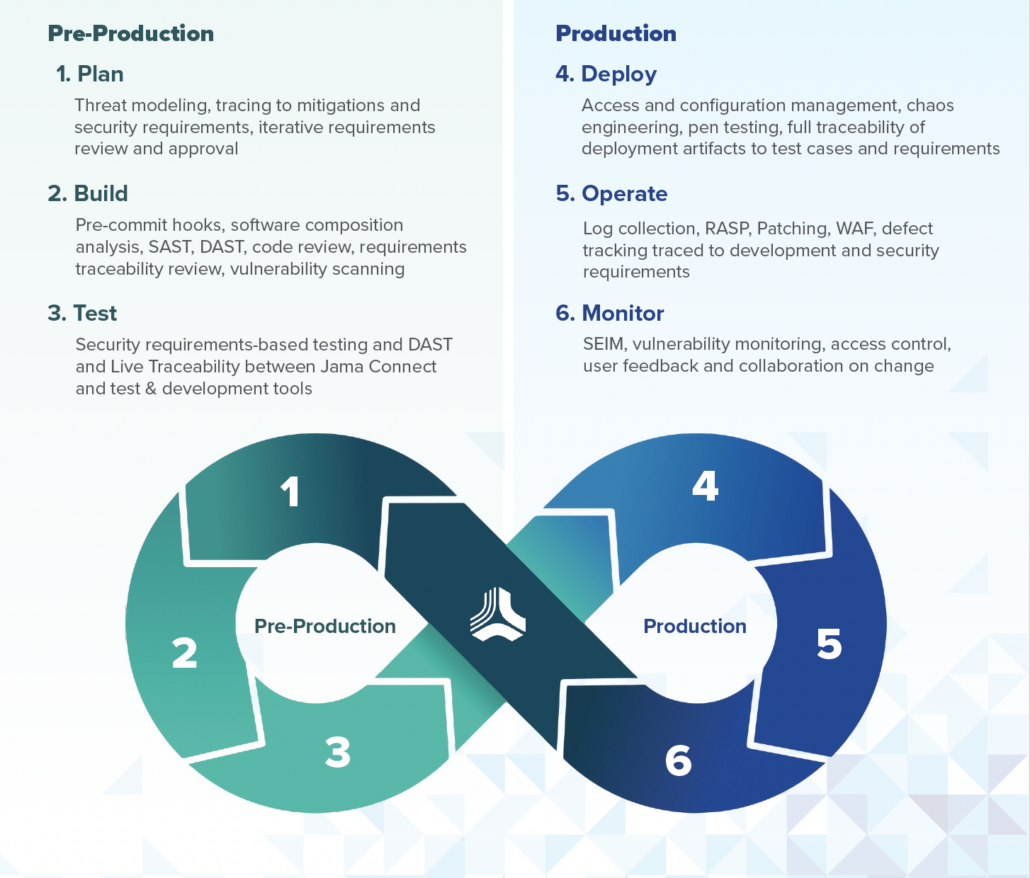


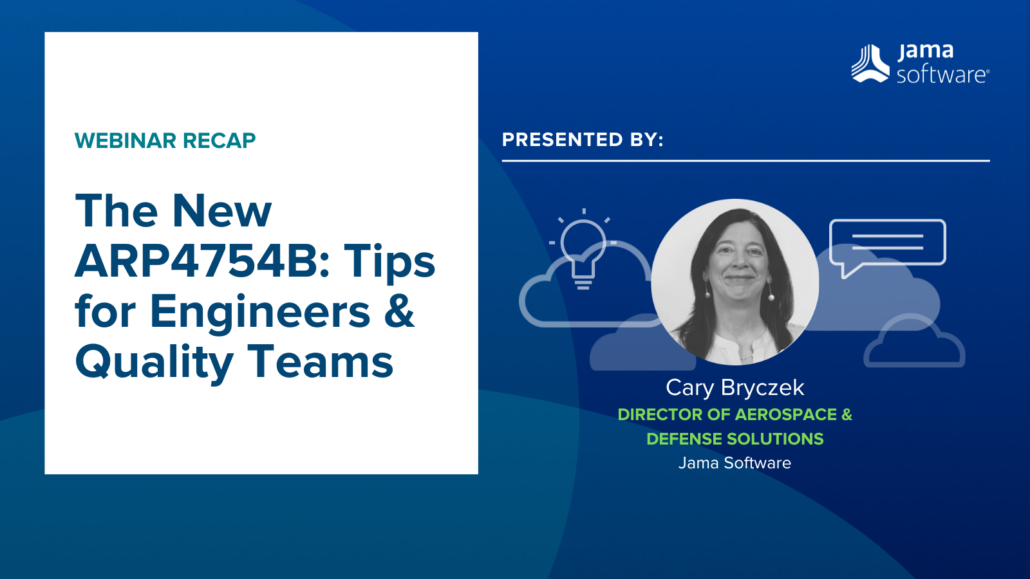
![[Webinar Recap] Write Better Requirements with Jama Connect Advisor™ [Webinar Recap] Write Better Requirements with Jama Connect Advisor™](https://www.jamasoftware.com/media/2023/01/JCA-webinar.png)

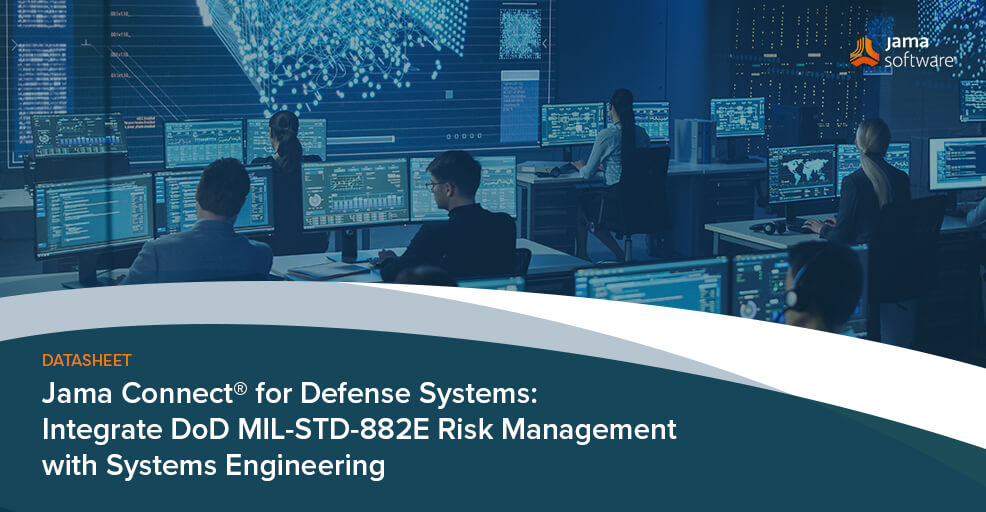
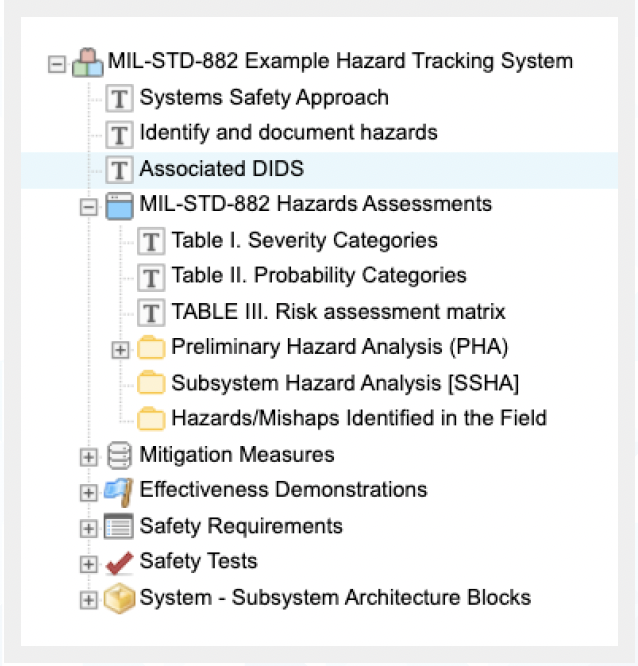 By leveraging Jama Connect, DoD systems development teams can significantly improve their efficiency, reduce risk, enhance safety, and expedite development while maintaining the highest standards of regulatory compliance with MIL-STD- 882E, contract requirements, defense data standards, interface standards, design criteria standards, manufacturing process standards, standard practices, and test method standards.
By leveraging Jama Connect, DoD systems development teams can significantly improve their efficiency, reduce risk, enhance safety, and expedite development while maintaining the highest standards of regulatory compliance with MIL-STD- 882E, contract requirements, defense data standards, interface standards, design criteria standards, manufacturing process standards, standard practices, and test method standards.![[Webinar Recap] Key Systems Engineering Skills: Critical Thinking and Problem Framing [Webinar Recap] Key Systems Engineering Skills: Critical Thinking and Problem Framing](https://www.jamasoftware.com/media/2024/03/Key-Systems-Engineering-Skills-Critical-Thinking-and-Problem-Framing.png)
